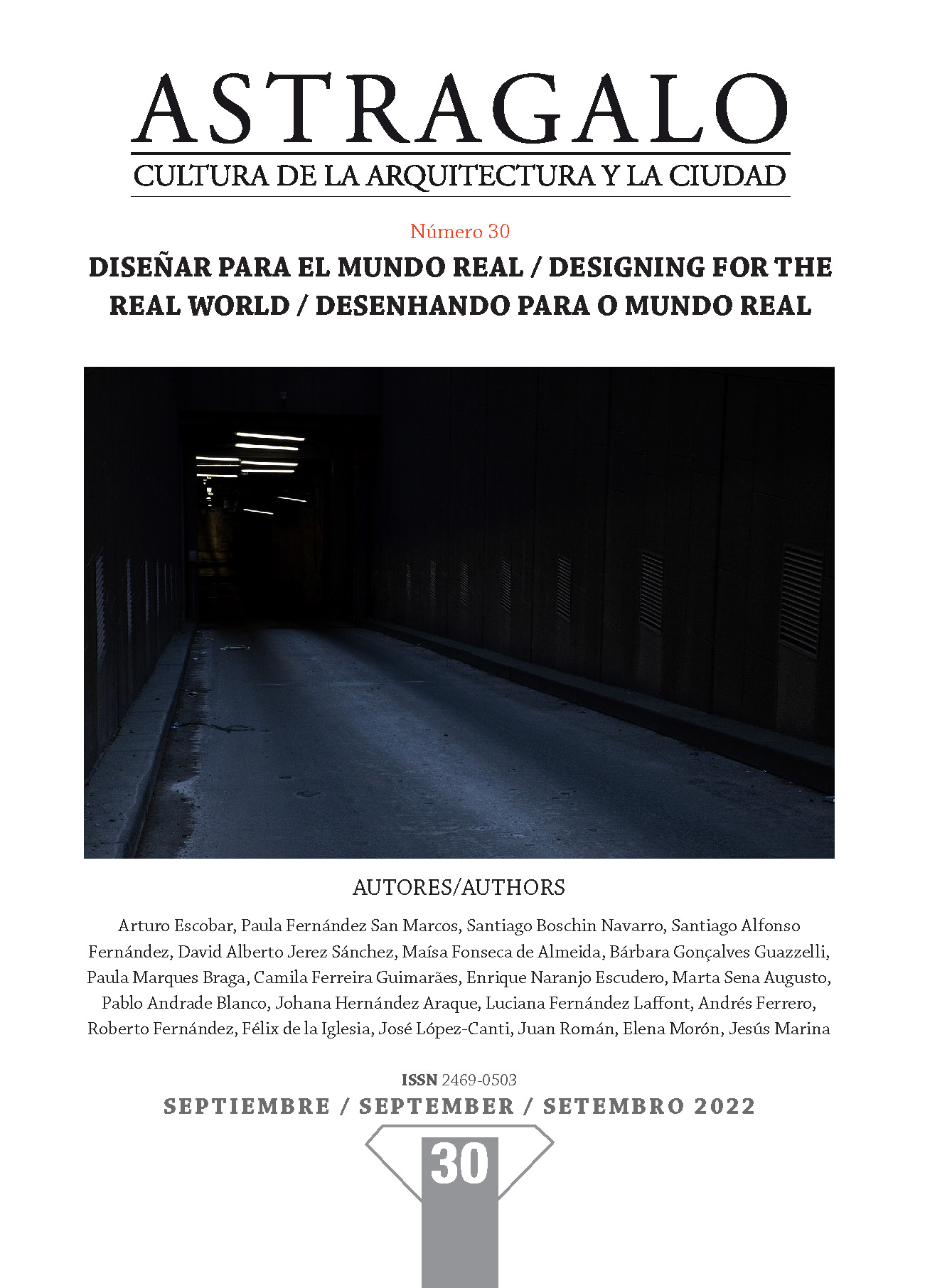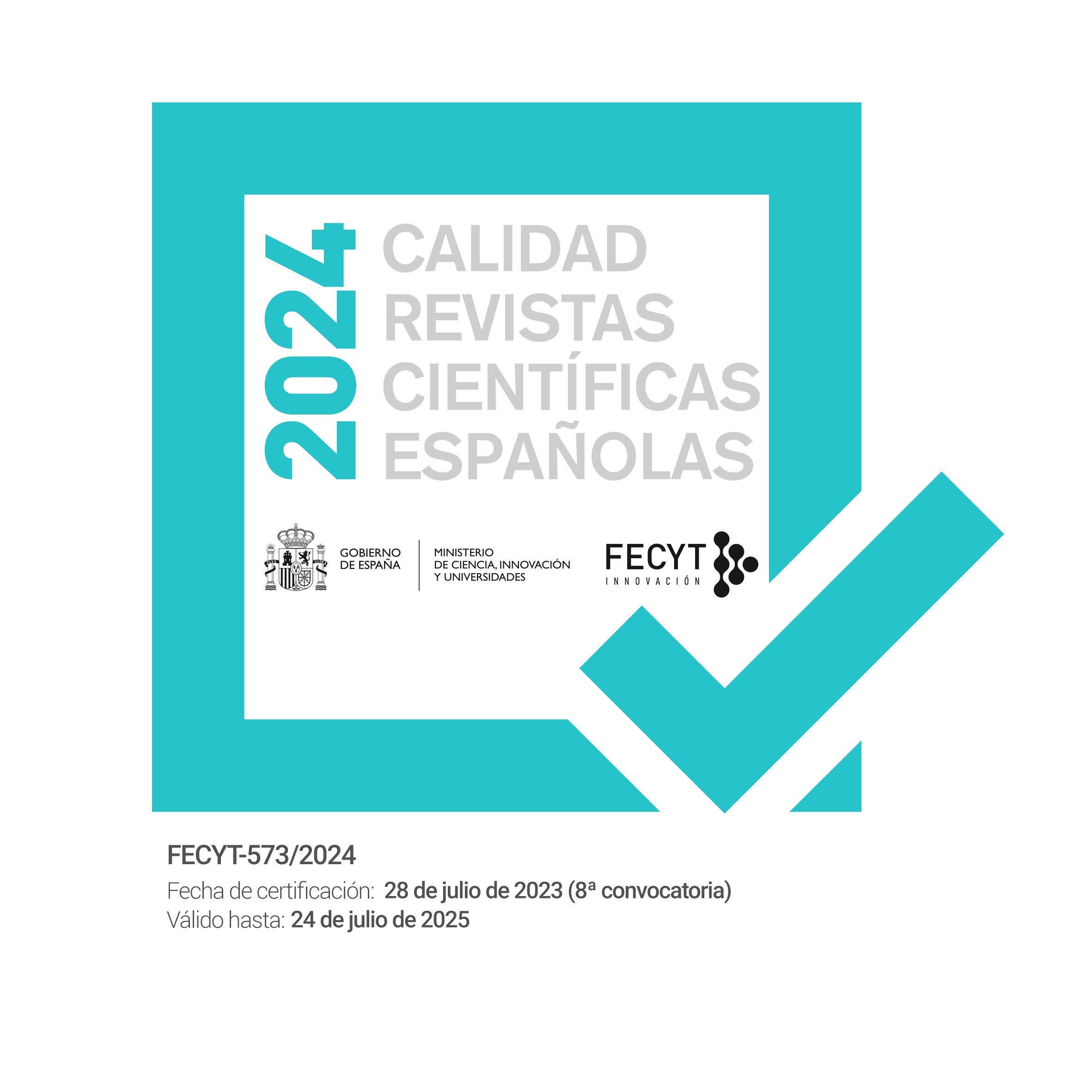Vol. 1 No. 30 (2022): Designing for the real world

To the insidious and recurrent question of excluding latitude about what it is to project as opposed to design, is added the tragicomic hesitation about what reality might be, or better, among the possible ones, the one that will be the one that will be the one to be decanted for a mere survey, which is not a determining objective.
Having already crossed - as paths, but also as lacerating blows - the economic crisis of 2008 and the pandemic crisis of 2020, and suspecting that they are the same, a positioning is needed that is, at the same time, an action, renewing the key arguments of the disciplines that before these crises traditionally had social attribution, that is to say, all of them.
Renewing means not only rethinking what architecture is today, but also what world it is, what reality it reveals. If we admit design as a category of categories, placed in the dimension "World", it entails considering "everyday life, but goes on to infrastructures, cities, inhabited space, medical technologies, food, institutions, landscapes, the virtual and, ultimately, experience" if we follow the reflection that Arturo Escobar made in "Autonomy and Design, the realisation of the communal" in 2016.
In the constitution of any statute of renewal, a state of the question appears, based on a background in order, consequently, to bet on the radicality of what was not feasible up to that moment. The dislodging of the Modern base, which permeates everything with its exact inadequacy, would have, in such an act of renewal, an absorption cloth with which to clear the consequences in order to make visible what we have as a common foundation.
Some, using guarantors who have limited degrees of freedom, appeal to fraternity and forgiveness for cohesion. Others, autistic, maintain that the crisis is a transition and that we will get out of it sooner or later. There are those who take advantage of the news of the last few days, with the miserable consequence of its acceleration.
Real worlds, distant yet interacting, whose final clause of the constitution of the feasible leaves the door open to action generated by an ontological key of design where there are no specialists but responsibilities disseminated to achieve autonomy and formulate forms-of-life.
Guess Editor: José Enrique López-Canti Professor at Universidad de Sevilla
Authors who wish to participate in this issue may take into consideration, as a guide, extension or critique, the text produced by Arturo Escobar, who generously collaborates by contributing conceptual bases to this issue of Astrágalo:
On the Ontological Metrofitting of Cities. Arturo Escobar. 2022













